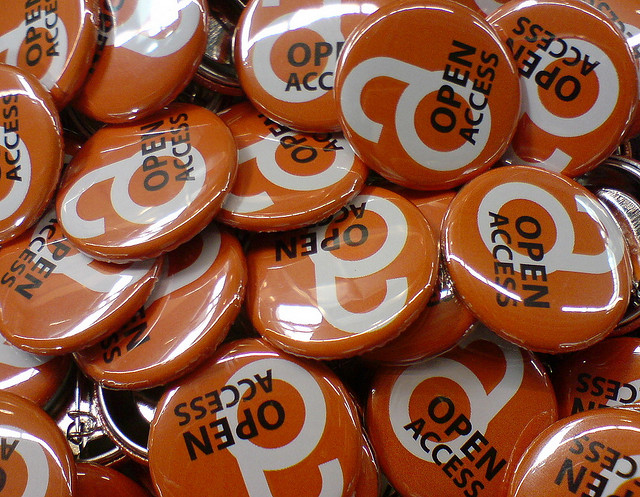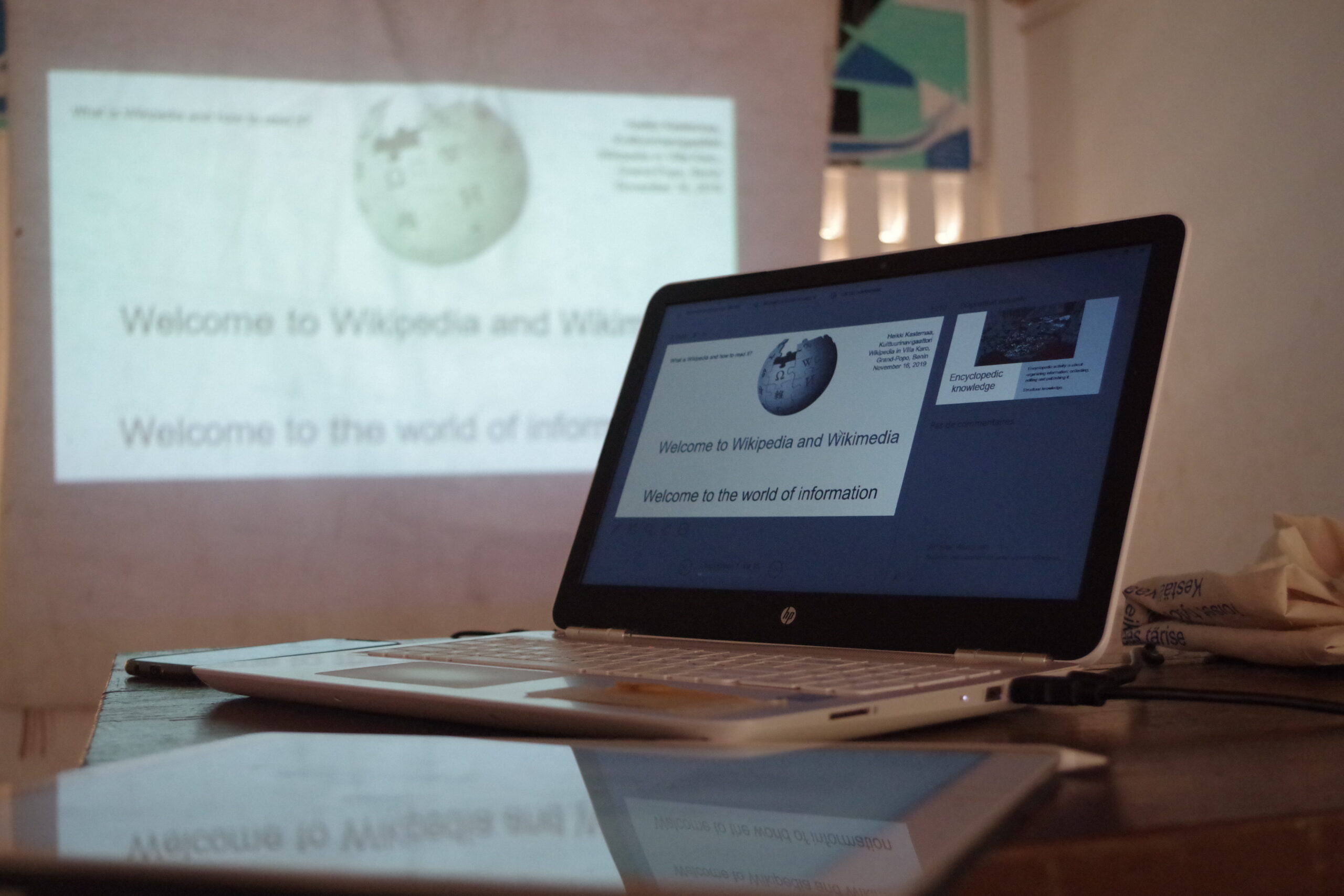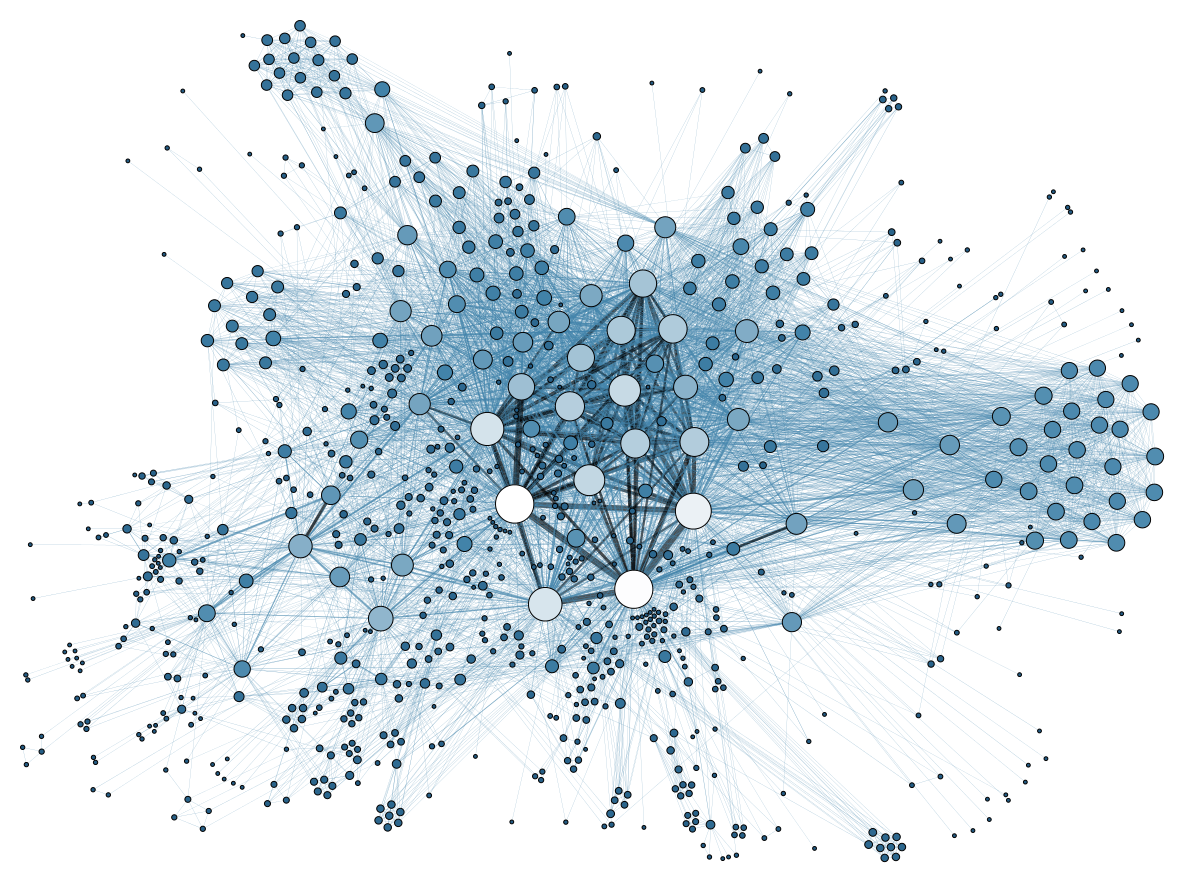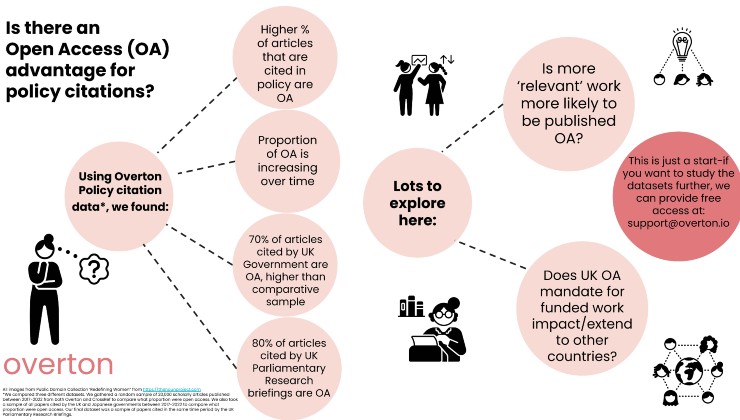Before Plan S, There Was Latin America’s AmeliCA

Plan S launched by cOAlition S in September 2018 and updated after a round of consultation in May 2019, reflects the continuing desire to achieve the aims set out in the Budapest Open Access Initiative in 2002: To provide free, unrestricted online access to all research literature. It also highlights the slow uneven pace of change and continuing limitations of the existing model of scholarly publishing and communication.
However, the open access (OA) movement also faces a different dilemma. Whilst, on the one hand, more science and research is being made openly available, on the other, five publishing companies continue to control a dominant stake in producing the legitimate research outputs required for research evaluation. Legitimacy in this instance meaning inclusion in the ‘mainstream’ research indexes of the Web of Science and Scopus, agencies that produce metrics, such as the journal impact factor, and within which commercially published journals are generally better positioned. For instance, in 2013 five publishers produced upwards of 50 percent of the research literature listed in the Web of Science (70 percent in the social sciences and humanities). Furthermore, as these publishers pivot away from publishing as their main business, towards owning and managing other parts of the research ‘circuit’, this dominance in determining quality is only likely to increase.

Whereas, countries in the Global North, have largely bought into these systems, Latin America has until recently created and maintained a distinct non-commercial OA infrastructure, where scientific publication belongs to academic institutions. Scholarly communication (the production, publication, distribution and consumption) of the research literature has therefore operated without charges, either to read or publish, and has been principally financed with public funds destined for education and research, mainly through academic institutions.
Within this ecosystem, a number of non-commercial platforms have emerged, such as; Redalyc, Scielo, Latindex, CLACSO and La Referencia, these platforms have provided software applications, interoperability, visibility and discoverability to Latin American research output. However, recently within the region there has been increasing divergence with regard to the principles and means to achieve OA. Notably, Scielo has made an agreement with Clarivate Analytics to build the Scielo Citation Index, drawing its journals into the system of impact factors and rankings by letting a for-profit company take advantage of information processed with public resources from Latin America.
In contrast, Redalyc has supported the San Francisco Declaration on Research Assessment (DORA) and has encouraged journals that are indexed in Redalyc to do it as well, citing the importance of creating an inclusive system of scholarly communication where local languages and local relevance is recognized. Redalyc has over 16 years experience of OA in Latin-America, has an online collection of 650,000 articles from 1,300 journals published by 620 academic institutions from 22 countries. Building on this experience and with the formal participation of more than 24 institutions (so far) from seven countries, AmeliCA was launched in November 2018. AmeliCA is a cooperative infrastructure for scientific communication controlled by an inter-institutional academy on a broad scale, led by Redalyc and CLACSO, with support from UNESCO. It has been developed as a specific response to the challenges faced by countries in Latin America and the Global South to deliver open access.
One particular challenge for researchers in the Global South, is the potential for a shift from a ‘pay to read’ model of scholarly communication to a ‘pay to publish’ model in which researchers do not have the resources necessary to publish their research. Plan S has stated that it is not focused on delivering only one business model for scholarly communication. However, article processing charges, or APCs, have been the only model clearly identified for financing. If Plan S is proposing to pursue a global flip to open access, we believe that this will require the recognition and support of diverse business models and a clearer definition of the resources these organisations will need to implement these policies, much in the same way the coalition has provided guidance to commercial publishers to secure funding for APC payments.
For a system that publically subsidizes scholarly communication through academic institutions, as in Latin America, implementing charges to authors heightens the risk of breaking a structure that has been designed to support researchers and keep public money within a publically managed ecosystem. As Chan notes, when opening access is decontextualized from its historical and political roots, it has the potential to become as exploitive and oppressive as the system it is seeking to replace. For these reasons, various organizations have opposed the introduction of APCs: CLACSO, Redalyc, AmeliCA, Conacyt-Conricyt (Mexico), IBICT (Brazil), CONICYT and CINCEL (Chile).
Regardless of the fact that journals from Latin America do not charge authors for publishing, this does not mean that their business models do not need funds to maintain the system and to invest in growth and development. In particular, there is a constant risk that funding will not be allocated by supporting countries, making it harder for these organisations to compete with well resourced commercial competitors. Of the content published in indexed journals in Redalyc, between 13 percent to 20 percent (depending on discipline), comes from European and North American authors. These papers published in Latin American journals are subsidized by institutional and governmental resources, with no cost for European or North American researchers. So we are living in asymmetrical circumstances, where public investment in open access cannot be competitive, if the resources of commercial corporations are the only ones guaranteed by global strategies.
Different forms of scholarly communication result from addressing open access from different perspectives. One perspective is focused on commercial publishers and aims to eliminate the pay-to-read business model. The perspective of AmeliCA and other initiatives has been to create a born open, scholar-led, non-profit system of communication. Is it possible for these two systems to interact without causing other forms of exclusion? Can they coexist if major funding flows are distributed unequally? If one subsystem is altered to emulate another, new concepts, rules and values will appear with side effects varying from the weakening of the original subsystem’s strength to its complete disruption and disappearance.
Open access strategies, such as Plan S, should be discussed globally. We are still waiting to know how cOAlition S is planning to support and engage with other OA business models. We would like to see Plan S not as a narrow program to replace the pay to read model with a pay to publish model, but as a more comprehensive solution to achieve OA. Such a change, to make knowledge available to all with the participation of all, requires sustained communication, creativity and dedication towards transforming the universal principle of OA into a program that will finally deliver knowledge as a public good, as was promised in Budapest nearly two decades ago.
































































































